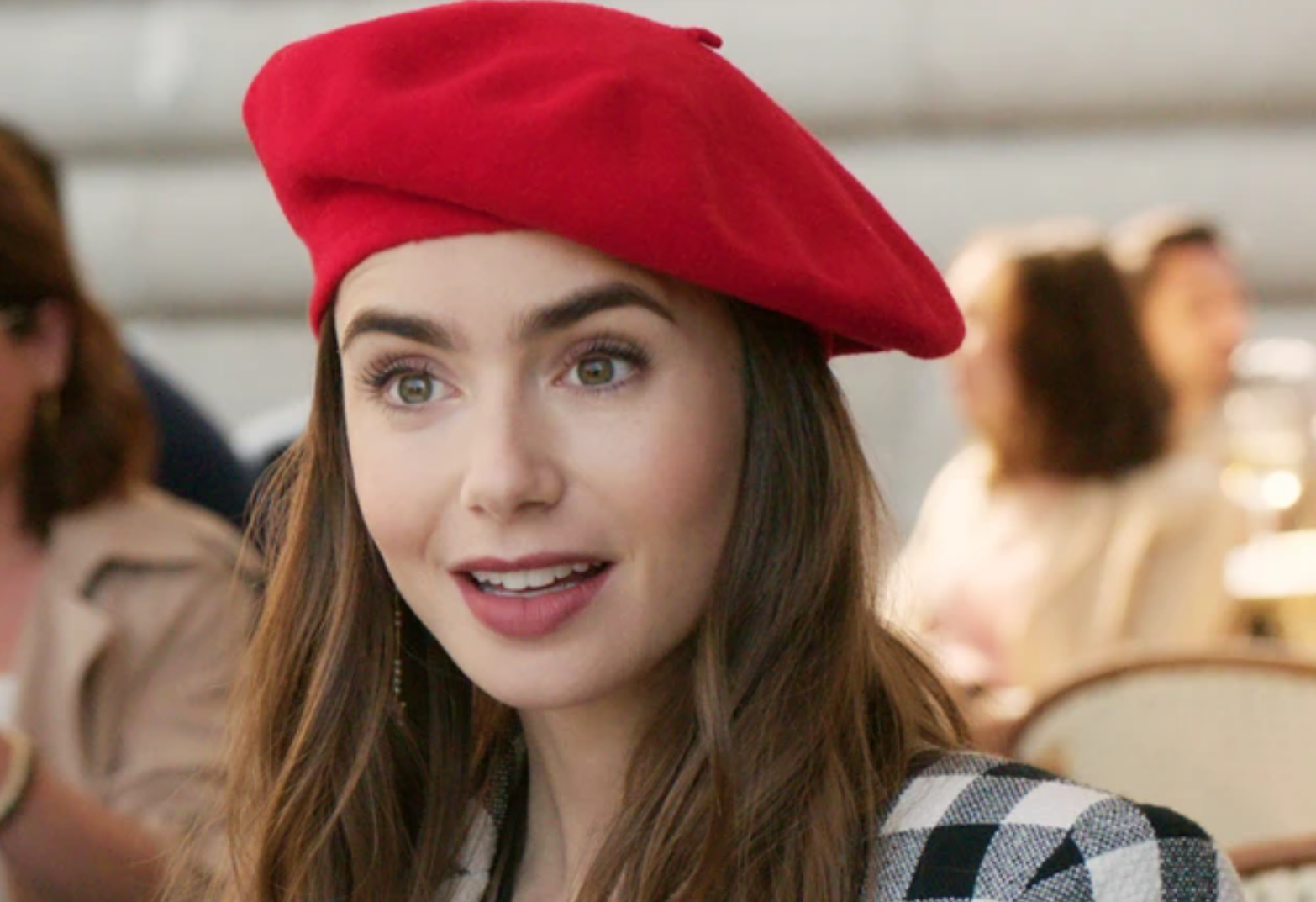
The airing of the second season of "Emily in Paris" has once again sparked a heated discussion about Paris fashion and real life in Paris.
Like the first season, word-of-mouth and reviews were once again "down", but it did not prevent the series from continuing to rise in global ratings and get a lot of hot talk in the fashion industry, using "black and red" to describe "Emily in Paris" is obviously more appropriate.
Unlike other shows, Netflix's series, which premiered in October last year, has a very clear position - it's a fashion series set in the fashion world, full of gorgeous fashion. As a result, it is often compared to Sex and the City from a decade ago.
But compared to "Sex and the City", the story line of "Emily in Paris" is very simple, which is also its most criticized point.
But even so, Emily in Paris still uses a simple story line and a relaxed atmosphere to accurately grasp the needs of audiences for entertainment dramas in the post-epidemic era, where serious and esoteric are no longer attractive, and easy and interesting stories can resonate even without thinking much.
As many netizens said, although they are very tired of this drama, but still can not stop watching.
The first season focused on Emily, an American girl played by Lily Collins, who came to Paris to work alone and used Instagram to document what she saw and heard as an "outsider" in the city, while the second season focused on Emily's love life as she adjusted to work.
After "Sex and the City," "Gossip Girl," "The Devil Wears Prada," and so on, few shows have generated as much discussion in the fashion world as "Emily in Paris." And with the help of social media, searches for fashion-related topics triggered by "Emily in Paris" have recently seen a surge.
"Sex and the City" has a great influence on the fashion industry and is a TV series with a fashion theme background
According to data collected by Ebates' digital shopping platform ShopStyle, searches for clothing and accessories worn by characters such as Emily Cooper, Mindy Chen, Camille and Julien all increased significantly after the show's second season.
For example, the beret worn by Emily, played by Lily Collins, saw a 43% increase in searches, while her white and blue striped sweater, plaid blazer and fisherman's hat all saw a 42% increase in fashion searches. Searches for red dresses increased 41 percent, while searches for knee-high boots increased 37 percent. In addition, the show was associated with a 40 percent increase in Internet searches for Dior.
Queries related to Emily's best friend Mindy's sequined blazer and red bucket bag increased by 69% and 60%, respectively, while queries for her leopard print coat, red dress and black fedora increased by 53%, 41% and 24%, respectively.
Fashion searches related to Camille, the "real" French girl in the show, increased by 80%, with queries for Ouversizes blazers, high-waisted pants and cropped blazers up by 50%, 46% and 44%, respectively.
Interestingly, Patricia Field, the costume stylist for the first season of Emily in Paris, is one of the biggest contributors behind two classic fashion shows, Sex and the City and The Devil Wears Prada. The stylist for the second season was Marylin Fitoussi, with Patricia Field as costume consultant.
In the first season, Patricia Field created a series of colorful and exaggerated looks for Emily. Walking in the streets of Paris, Emily does not fit in well with the fashion atmosphere of the city, but seems very out of place, and this is the reason for people to criticize the appearance of the show.
Many people have pointed out that Emily's styling in the show is French style with stereotypes, and that Emily is a rich second generation miss from the Upper East Side of the United States, is a real "local rich."
Viewers, especially in France, felt that the show showed the huge cultural differences between the United States and France to the world in a very obvious way. The Paris in Emily's eyes represents the Paris in the stereotype of Americans and the life in Paris that does not exist in the fantasy.
The baguette, the beret, the croissant, the flirtatiousness of work, the promiscuous -- all the words we associate with France -- find their equivalents in this show, which reflects the depth of the stereotypes behind the show.
However, as mentioned above, the "black and red" physique of "Emily in Paris" has gained the opportunity to become the focus of attention in the constant audience questioning and criticism.
More importantly, the fashion industry's story line also allows the series to go beyond the relatively small cultural circle and gain wider attention and discussion.

